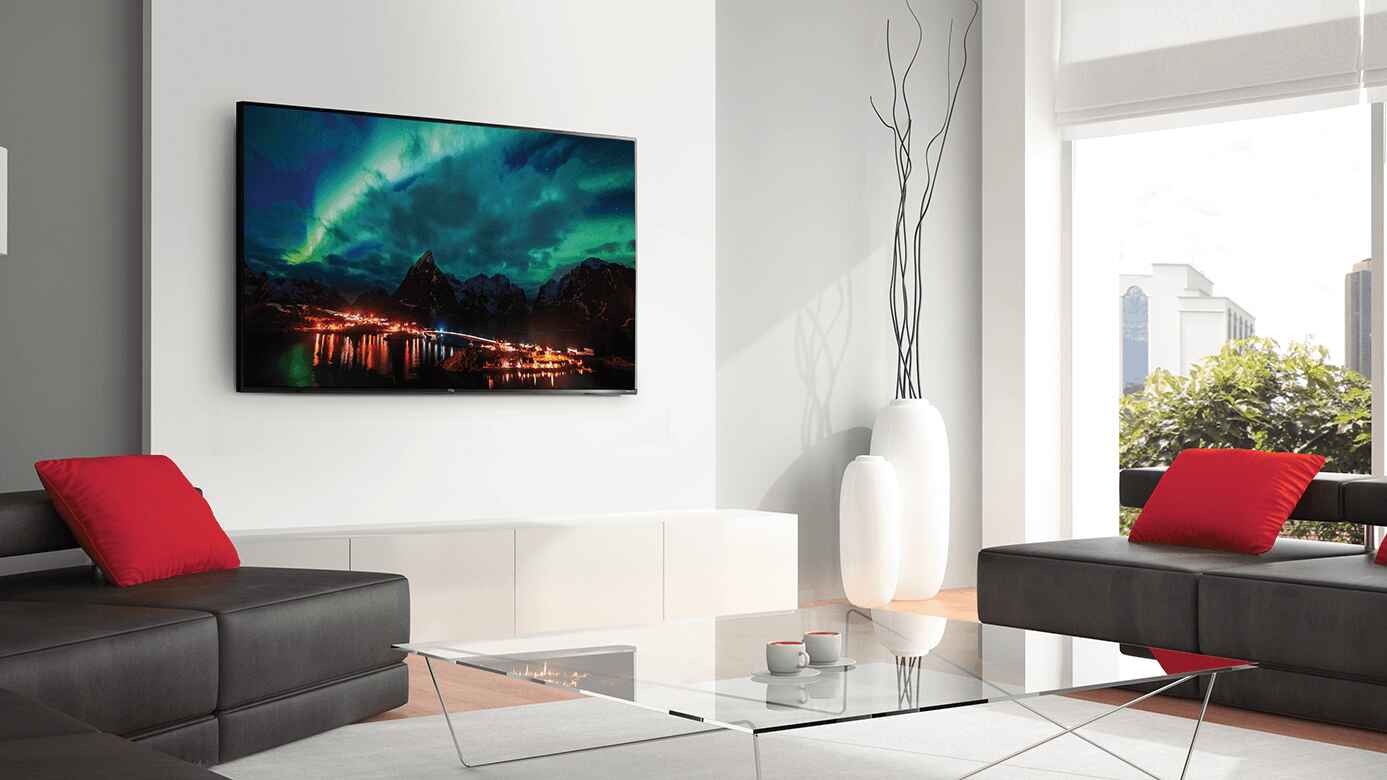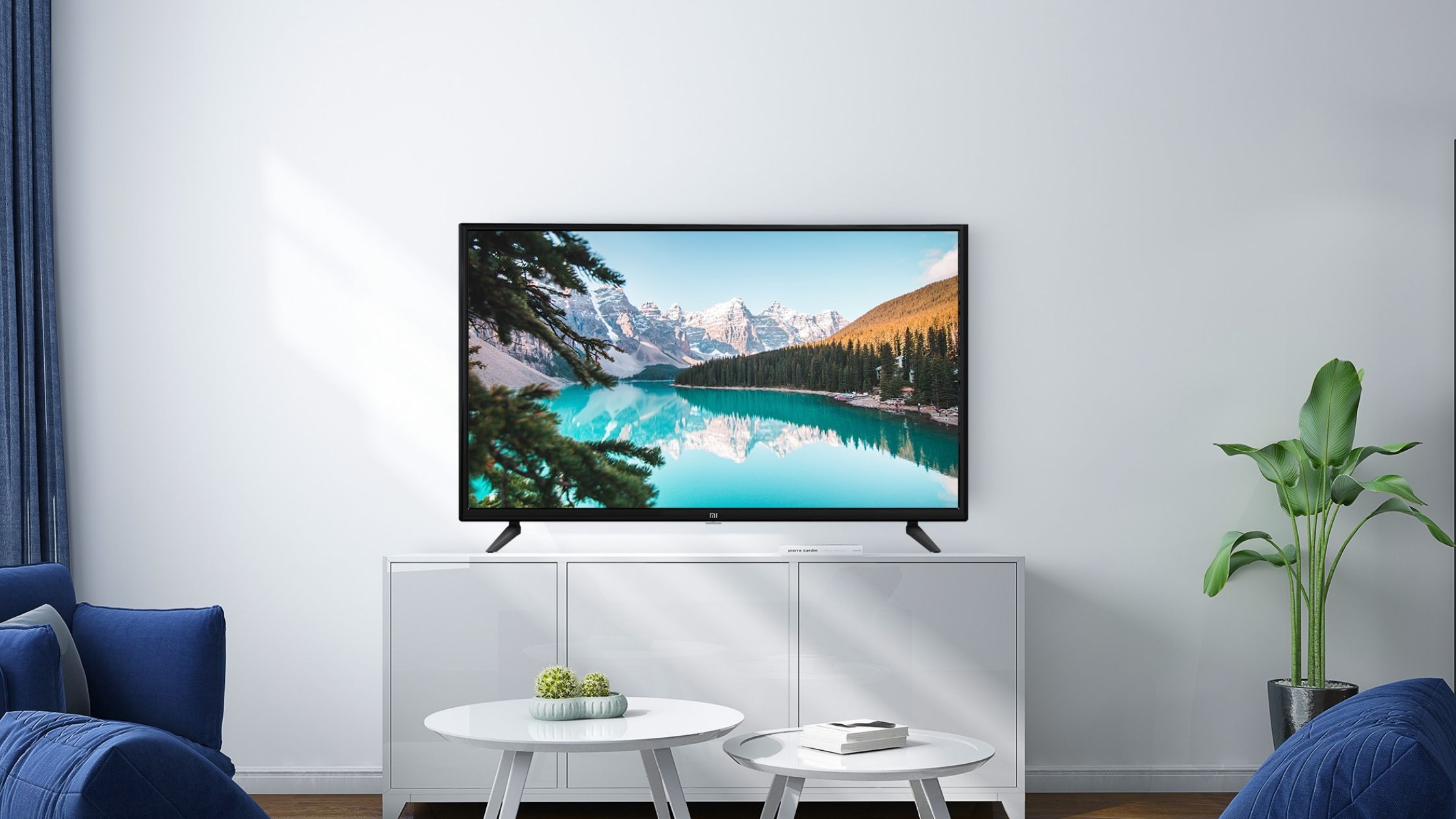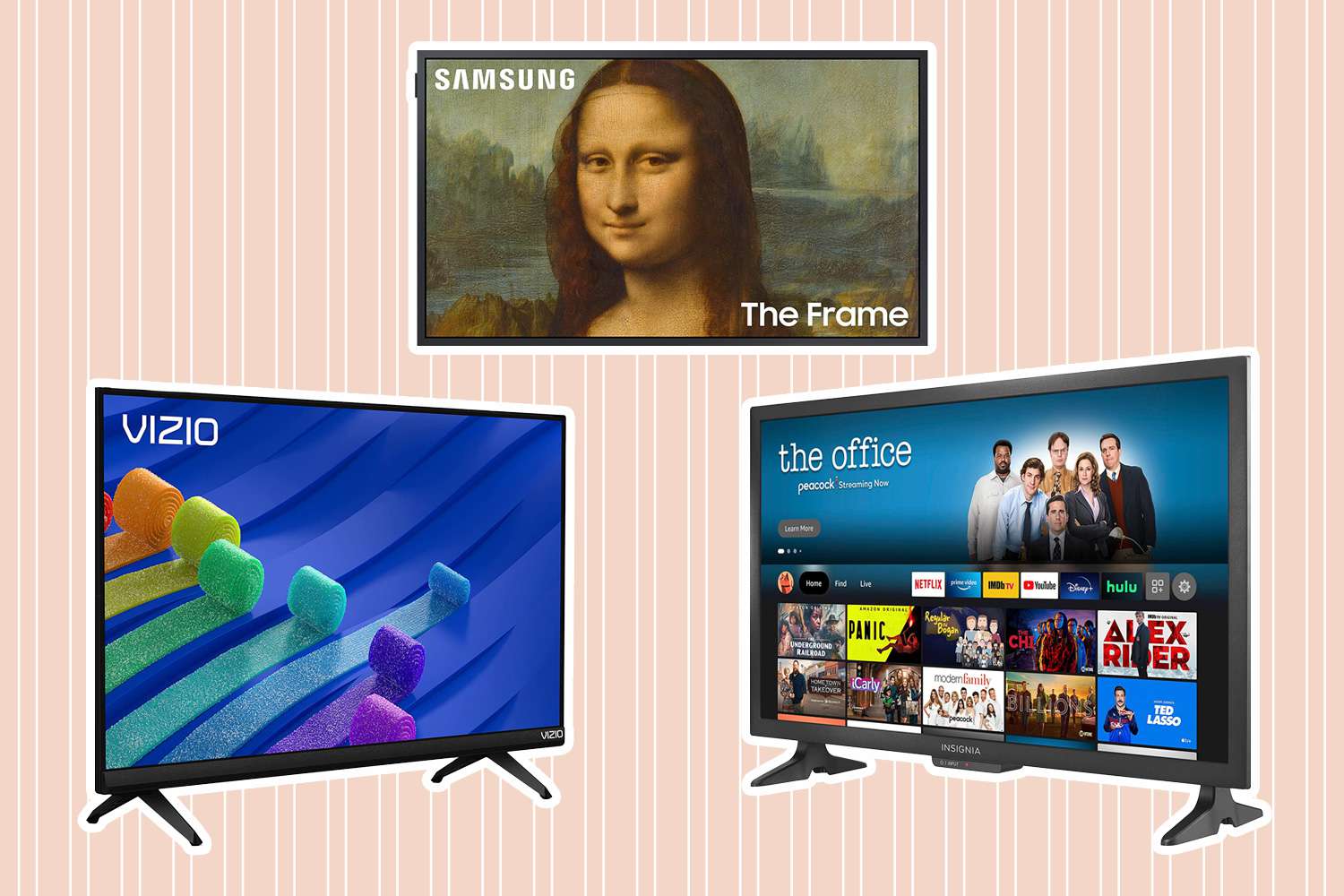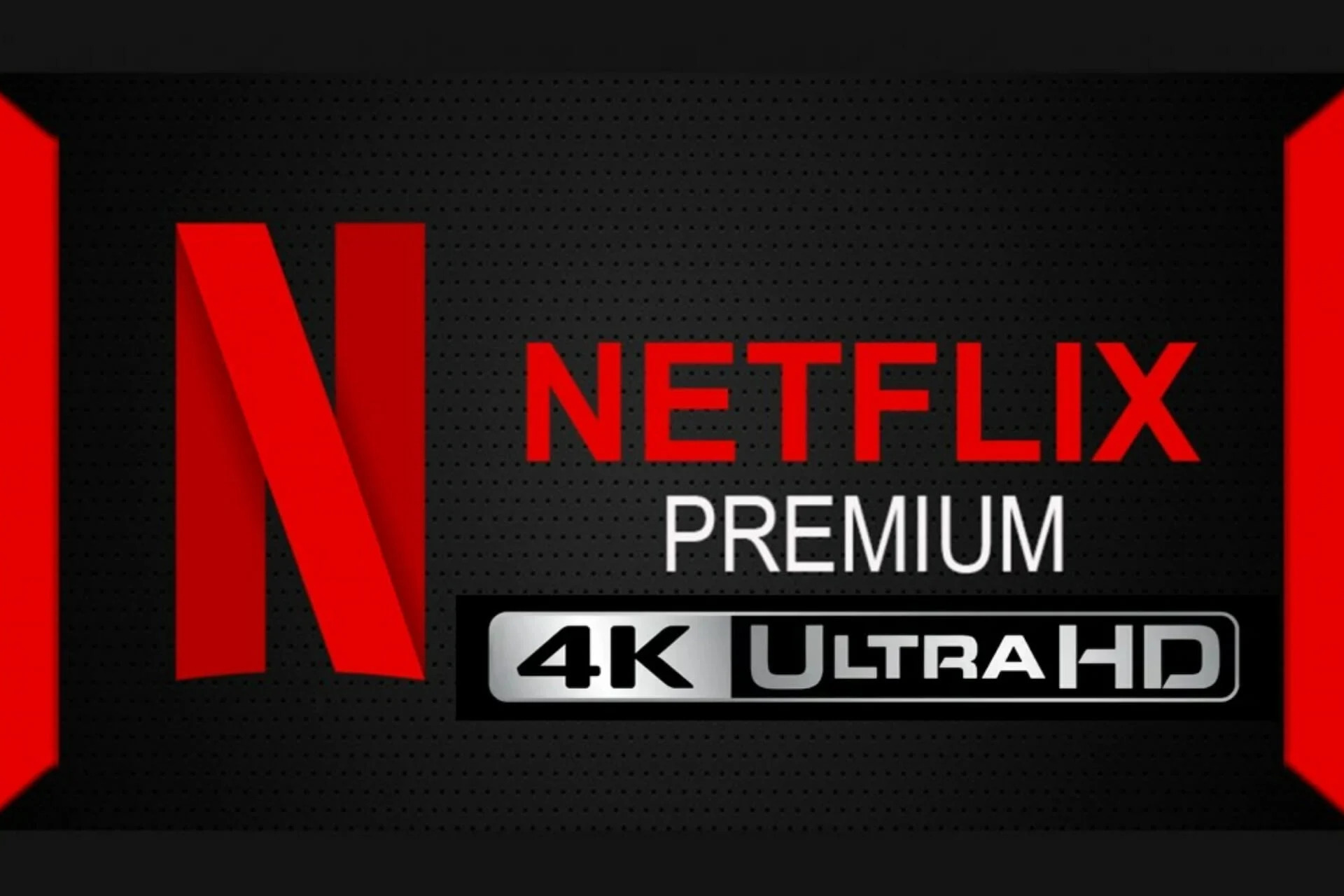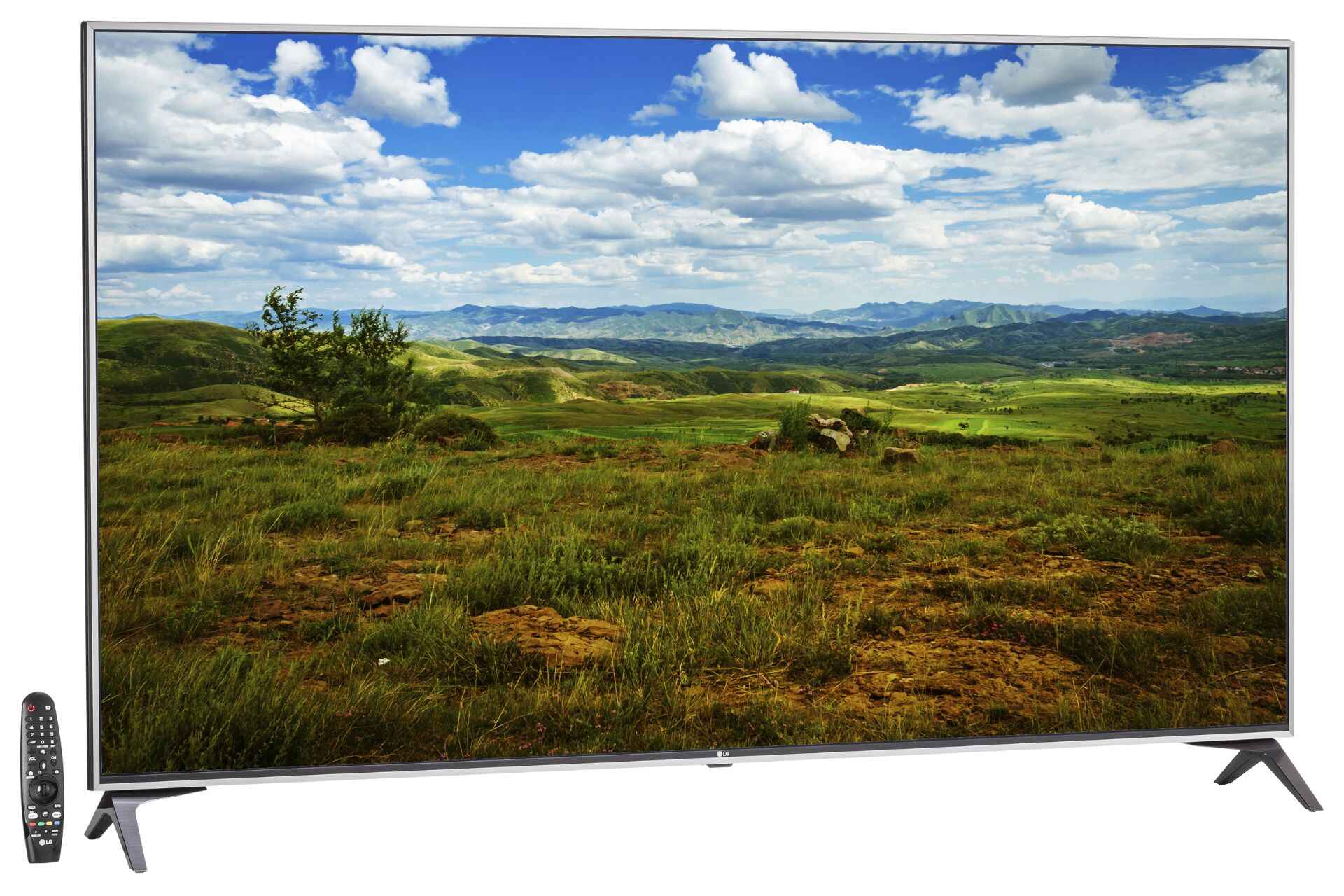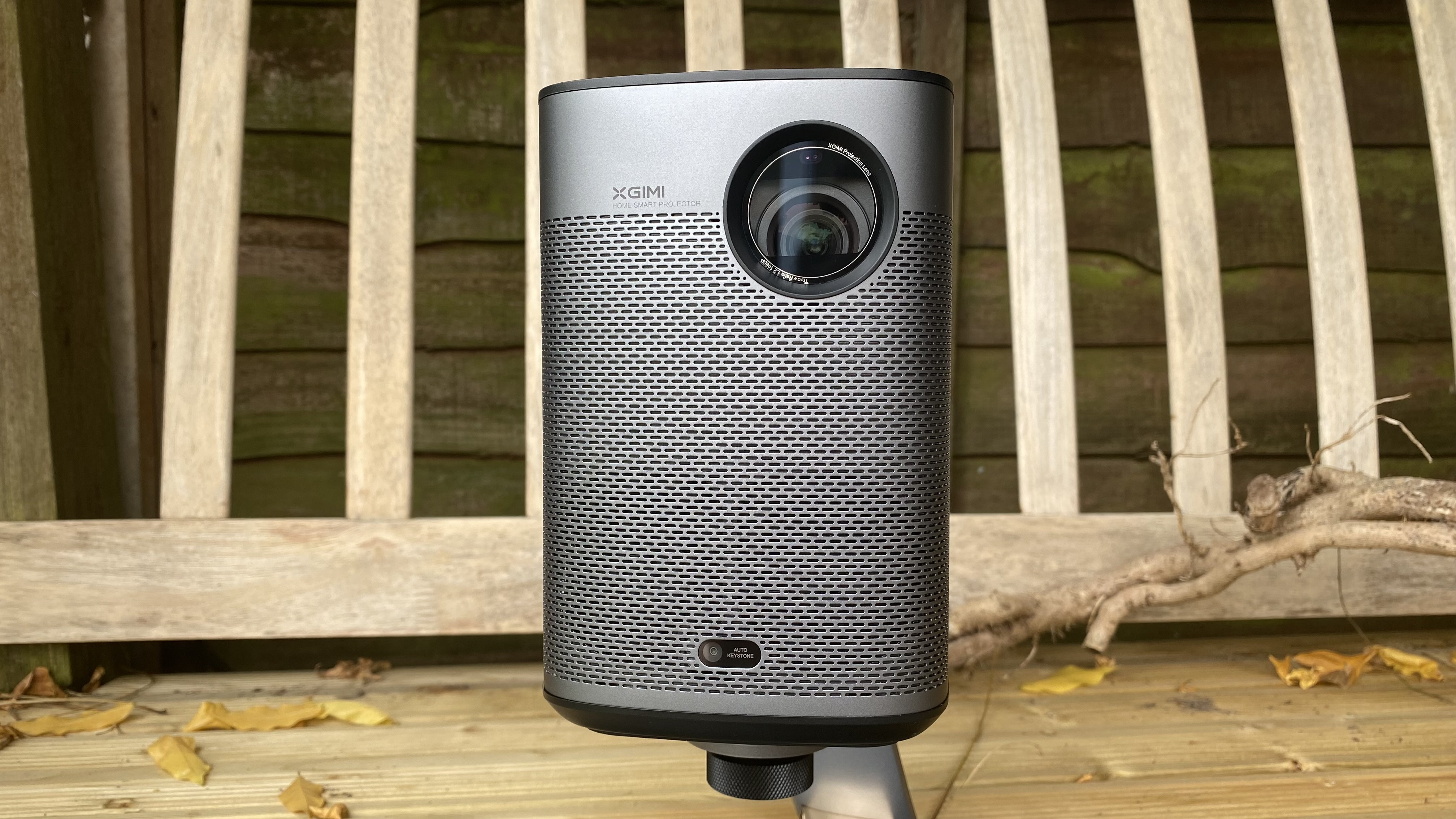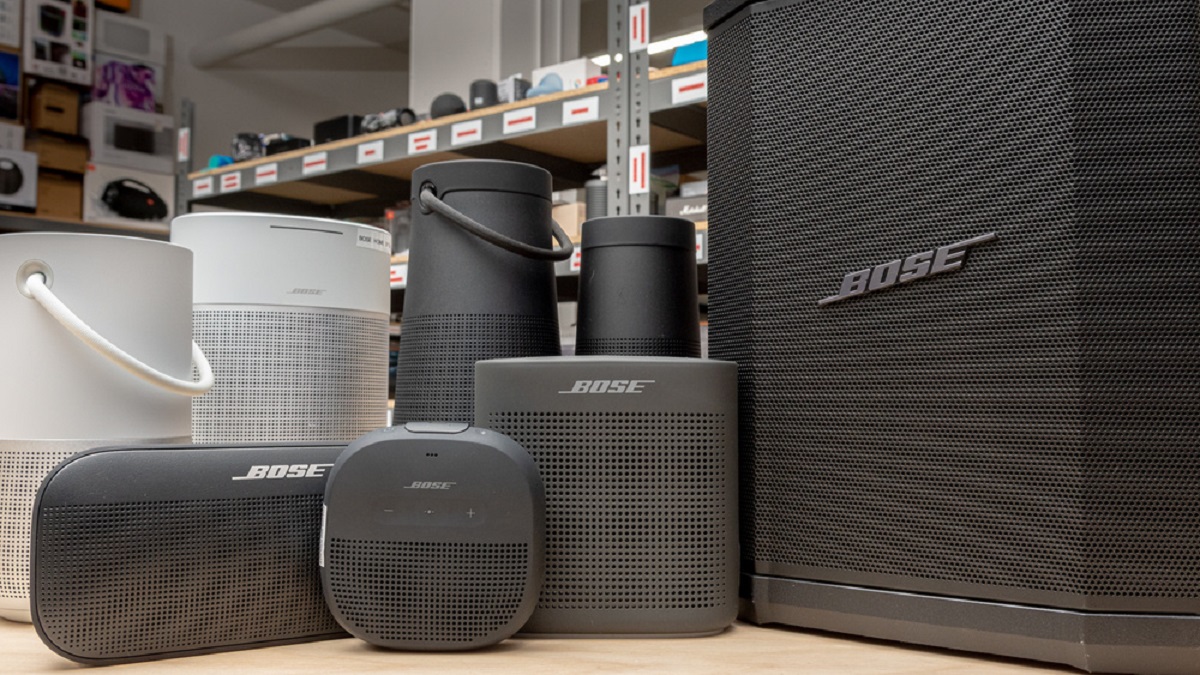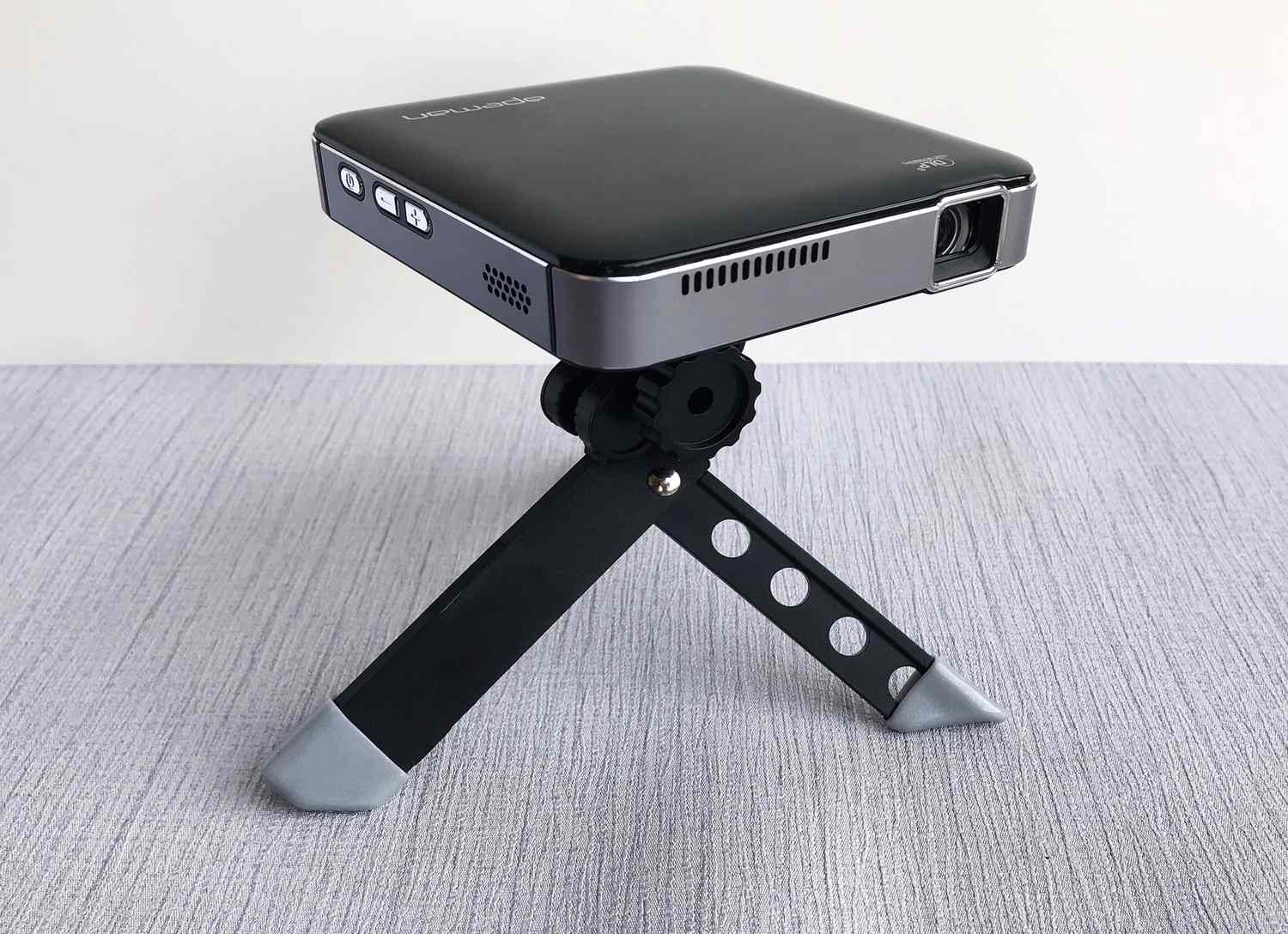Introduction
Welcome to the world of small smart TVs, where compactness and functionality come together to provide an immersive entertainment experience. With advancements in technology, smart TVs have become an integral part of our homes, allowing us to stream our favorite shows, access online content, and even control various smart devices right from our television screens. While big-screen TVs may dominate the market, small smart TVs have gained popularity for their versatility and convenience.
In this article, we will explore the world of small smart TVs and delve into the factors to consider when choosing one. We will discuss the different sizes available in the market, the benefits of owning a small smart TV, and share some top recommendations for you to consider. Additionally, we will provide a step-by-step guide on setting up and connecting your small smart TV, and address some frequently asked questions to help you make an informed decision.
Whether you are a student looking for a space-saving television for your dorm room, a busy professional in need of a compact entertainment unit for your bedroom, or simply someone who appreciates the convenience of a small smart TV, this article is here to guide you through the wonderful world of compact entertainment.
Before we dive into the details, it’s important to understand that small smart TVs come in various sizes, and the ideal choice for you may depend on factors such as room size, viewing distance, and personal preferences. So, let’s explore the factors to consider when choosing a small smart TV in the next section.
Factors to Consider When Choosing a Small Smart TV
When selecting a small smart TV, it’s crucial to take into account several factors to ensure you make the right choice that fits your needs and preferences. Here are some key considerations:
- Screen Size: While small smart TVs are generally compact, they still come in a range of sizes. Consider the available space in the room where the TV will be placed and the optimal viewing distance. A larger screen may provide a more immersive experience but may not be suitable for smaller rooms.
- Resolution: The resolution of a smart TV determines the clarity and sharpness of the images. Look for a small smart TV with at least 1080p Full HD resolution for a crisp and detailed picture. If you can afford it, consider a 4K Ultra HD resolution for even greater visual quality.
- Smart Features: One of the main advantages of a small smart TV is its ability to connect to the internet and access streaming platforms, apps, and online content. Check if the TV has built-in Wi-Fi, an intuitive user interface, and compatibility with popular streaming services such as Netflix, Hulu, and Amazon Prime Video.
- Connectivity Options: Consider the connectivity options available on the small smart TV. HDMI ports are essential for connecting external devices such as game consoles or Blu-ray players. USB ports are convenient for playing media files from external storage devices. Additionally, ensure that the TV has adequate audio output options, such as digital optical or headphone jacks.
- Audio Quality: While small smart TVs may not have the same robust audio capabilities as larger models, it’s still important to consider the sound quality. Look for a TV with built-in speakers that deliver clear dialogues and immersive sound. If you desire enhanced audio, consider models with support for external sound systems.
- User Interface and Remote: The user interface and remote control play a crucial role in the overall user experience. Look for a small smart TV with an intuitive interface that is easy to navigate. The remote control should be comfortable to use and provide quick access to essential functions.
By considering these factors, you can narrow down your options and find a small smart TV that ticks all the boxes for your entertainment needs. In the next section, we will explore the different sizes of small smart TVs available in the market.
The Different Sizes of Small Smart TVs Available in the Market
Small smart TVs come in a variety of sizes to cater to different preferences and spaces. While the term “small” is subjective, in the context of smart TVs, it generally refers to screen sizes ranging from 24 inches to 43 inches. Here’s an overview of the different sizes available in the market:
- 24 to 32 inches: These are the smallest smart TVs available, perfect for compact spaces like kitchens, offices, or dorm rooms. They are easy to move around and offer a great viewing experience for close-range viewing. Despite their size, they often boast impressive features such as Full HD resolution and smart capabilities.
- 40 to 43 inches: Falling at the higher end of the small smart TV spectrum, these models are ideal for bedrooms, smaller living rooms, or apartments where space is limited. With a slightly larger screen, they offer a more immersive viewing experience while still maintaining the convenience and compactness of a small TV.
It’s important to note that the size of the small smart TV you choose should be determined by the size of the room and the preferred viewing distance. A larger screen may provide a more cinematic experience, but if you’re sitting too close, you may notice pixelation or strain your eyes. On the other hand, a smaller screen may not be ideal for a large living room, as it may not be visually impactful.
It’s also worth mentioning that the dimensions of a small smart TV extend beyond just the screen size. Be sure to consider the overall footprint of the TV, including the width and height, especially if you plan to mount it on a wall or place it in a tight space.
Now that we have discussed the different sizes available, let’s move on to the next section, where we will explore the benefits of owning a small smart TV.
Benefits of Owning a Small Smart TV
While larger smart TVs may be more popular, there are numerous advantages to owning a small smart TV that make them a worthwhile investment. Here are some of the benefits:
- Space-saving: One of the most obvious advantages of a small smart TV is its compact size. It takes up less space compared to larger models, making it an ideal choice for smaller rooms, apartments, or areas with limited space. Whether you want to place it on a countertop, mount it on a wall, or tuck it away in a corner, a small smart TV offers flexibility and convenience.
- Portability: Small smart TVs are lightweight and easy to move around. If you like to rearrange your living space frequently or take your entertainment with you on your travels, a small smart TV can be conveniently transported from room to room or even packed for a road trip.
- Versatile placement options: Due to their smaller size, small smart TVs can fit in various locations that may not accommodate larger televisions. They can be placed on top of a countertop, mounted on a wall, or even utilized as a secondary TV in a study or bedroom. This versatility allows you to create your ideal viewing setup according to your preferences.
- Affordability: Small smart TVs are often more affordable compared to their larger counterparts. This makes them an excellent choice for those on a budget or for those seeking a secondary TV for a specific room. Despite their lower price point, small smart TVs still offer a range of features, ensuring you get value for your money.
- Energy efficiency: Smaller smart televisions generally consume less power compared to larger models. This can result in lower electricity bills over time and contribute to a more sustainable and environmentally conscious lifestyle.
- Perfect for specific needs: Small smart TVs are particularly suited to specific needs and lifestyles. For example, they are excellent for students in dorm rooms, individuals in small apartments, or as a secondary TV for a child’s play area. Their size allows for a personalized entertainment experience without overpowering the space.
As you can see, owning a small smart TV offers a range of benefits, from versatile placement options to cost-effectiveness and portability. Now that we’ve explored the advantages, let’s move on to the next section, where we will highlight some top small smart TVs available in the market.
Top Small Smart TVs in the Market
When it comes to small smart TVs, several top models stand out for their impressive features and performance. Here are some of the best options available in the market:
- Samsung QLED Q60T: This small smart TV from Samsung offers a stunning display with Quantum Dot technology, delivering vibrant colors and sharp contrast. It features built-in voice control, a range of smart features, and compatibility with popular streaming services. With sizes ranging from 32 to 43 inches, the Q60T is a versatile and high-quality option for small spaces.
- LG OLED CX Series: The LG OLED CX series combines sleek design with exceptional picture quality. These small smart TVs are available in sizes ranging from 48 to 55 inches, offering vivid colors, deep blacks, and wide viewing angles. With support for both Google Assistant and Amazon Alexa, along with a wide range of apps and smart features, the OLED CX series provides an immersive and intuitive viewing experience.
- Sony X800H: The Sony X800H offers a seamless and immersive smart TV experience with its Triluminos Display and 4K HDR resolution. With sizes ranging from 43 to 49 inches, this small smart TV delivers stunning visuals, vivid colors, and excellent motion handling. It is equipped with Android TV, providing access to a vast library of apps and content for endless entertainment possibilities.
- TCL 5-Series: The TCL 5-Series offers an excellent combination of affordability and smart features. Available in sizes ranging from 32 to 43 inches, this small smart TV features a 4K UHD display with Dolby Vision HDR for exceptional picture quality. It also boasts Roku TV functionality, providing easy access to a wide range of streaming platforms and apps.
- VIZIO V-Series: The VIZIO V-Series offers great value for money with its affordable price and solid performance. Available in sizes ranging from 40 to 43 inches, this small smart TV features a full-array LED backlight for vibrant visuals. With support for popular streaming services and voice control compatibility, the VIZIO V-Series is a reliable option for those on a budget.
These are just a few examples of the top small smart TVs available in the market. It’s important to consider your specific requirements, budget, and preferences before making a final decision. Now that we’ve explored some top models, let’s proceed to the next section, where we will discuss how to set up and connect a small smart TV.
How to Set Up and Connect a Small Smart TV
Setting up and connecting a small smart TV is a relatively straightforward process. By following these steps, you’ll be ready to enjoy your favorite shows and streaming content in no time:
- Unbox and assemble: Carefully unbox your small smart TV and assemble it according to the manufacturer’s instructions. Make sure to remove any protective coverings and place the TV in your desired location.
- Connect power: Plug the power cord into a nearby electrical outlet and connect it to the back of the TV. Ensure that the power source is stable and grounded.
- Connect to the internet: Most small smart TVs support Wi-Fi connectivity. Access the TV’s settings menu and navigate to the network settings. Select your Wi-Fi network, enter the password if required, and establish a connection. Alternatively, you can connect your TV directly to the router using an Ethernet cable for a more stable connection.
- Perform initial setup: Turn on your small smart TV and follow the on-screen prompts to perform the initial setup. This typically involves selecting your language, accepting terms and conditions, and choosing your location.
- Update software: After the initial setup, it’s recommended to update the TV’s software to ensure you have the latest features and security patches. Check for updates in the settings menu and follow the prompts to download and install any available updates.
- Sign in or create accounts: Depending on the brand and model of your small smart TV, you may be prompted to sign in to your existing accounts or create new ones. This may include accounts for streaming services, app stores, or the manufacturer’s services. Follow the on-screen instructions to sign in or create the necessary accounts.
- Personalize settings: Explore the TV’s settings menu and personalize various options according to your preferences. This may include adjusting picture and sound settings, enabling parental controls, setting up app preferences, and customizing the user interface.
- Connect external devices: If desired, connect external devices such as gaming consoles, Blu-ray players, or sound systems to your small smart TV. Use HDMI cables for the best audio and video quality. Ensure that you select the appropriate input source on your TV to access the connected devices.
- Enjoy your small smart TV: Once you have completed the setup process and connected your small smart TV, you are ready to start enjoying your favorite shows, movies, and online content. Use the TV’s interface or remote control to navigate through apps, streaming platforms, and other features.
By following these steps, you can set up and connect your small smart TV hassle-free. If you encounter any difficulties or have specific questions, refer to the user manual provided by the manufacturer or seek assistance from their customer support. Now that we have covered the setup process, let’s move on to the next section, where we will address some frequently asked questions about small smart TVs.
Frequently Asked Questions about Small Smart TVs
Here are some commonly asked questions regarding small smart TVs:
- Can I connect my small smart TV to the internet via Wi-Fi?
- Can I download apps and stream content on a small smart TV?
- Can I connect external devices to a small smart TV?
- What are the benefits of a built-in voice control feature in a small smart TV?
- Are small smart TVs suitable for gaming?
- Can I mirror my smartphone screen on a small smart TV?
Yes, most small smart TVs have built-in Wi-Fi capabilities, allowing you to connect to your home Wi-Fi network without the need for an additional device.
Absolutely! Small smart TVs come equipped with app stores that allow you to download and install popular streaming apps such as Netflix, Hulu, Amazon Prime Video, and more. You can enjoy a wide range of online content right from your small smart TV.
Yes, small smart TVs typically have multiple HDMI ports, allowing you to connect external devices such as gaming consoles, Blu-ray players, or sound systems. Ensure that you select the appropriate input source on your TV to access the connected devices.
Built-in voice control enables you to control your small smart TV using voice commands. This allows for hands-free operation, making it easier to navigate through menus, search for content, and control various functions of the TV.
Yes, many small smart TVs offer an enjoyable gaming experience. Make sure to check the TV’s specifications to ensure it has low input lag and supports features like HDR and high refresh rates, which can enhance the gaming experience.
Yes, most small smart TVs support screen mirroring or casting, which allows you to display the contents of your smartphone or tablet directly on the TV screen. This is a convenient way to share photos, videos, and other media with friends and family.
These are just a few of the frequently asked questions about small smart TVs. If you have further queries or concerns, refer to the product’s documentation or reach out to the manufacturer’s customer support for assistance. Now, let’s move on to the concluding section of this article.
Conclusion
Small smart TVs offer a fantastic combination of functionality, convenience, and versatility. Whether you have limited space, specific needs, or are simply looking for a secondary TV, these compact entertainment devices provide a range of benefits. From their space-saving design and affordability to their smart features and portability, small smart TVs offer a compelling entertainment solution for a variety of situations.
In this article, we have explored the factors to consider when choosing a small smart TV, including screen size, resolution, smart features, connectivity options, audio quality, user interface, and remote control. We have also discussed the different sizes available in the market, such as the 24 to 32-inch options for compact spaces and the 40 to 43-inch models for slightly larger rooms.
Moreover, we have highlighted the benefits of owning a small smart TV, including their space-saving nature, portability, versatile placement options, affordability, energy efficiency, and suitability for specific needs. We have also provided a list of top small smart TVs in the market to consider.
Additionally, we have provided a step-by-step guide on how to set up and connect a small smart TV, ensuring that you can start enjoying your favorite shows and streaming content with ease. We have also addressed some frequently asked questions to help you gain a better understanding of these compact entertainment devices.
As you embark on your search for the perfect small smart TV, consider your specific requirements, budget, and preferences. Remember to read user reviews and consult with experts to make an informed decision.
Whether it’s for your dorm room, bedroom, kitchen, or any other space where a small smart TV fits your needs, these compact devices are sure to provide hours of entertainment and convenience. So, go ahead and find the perfect small smart TV to elevate your viewing experience!







